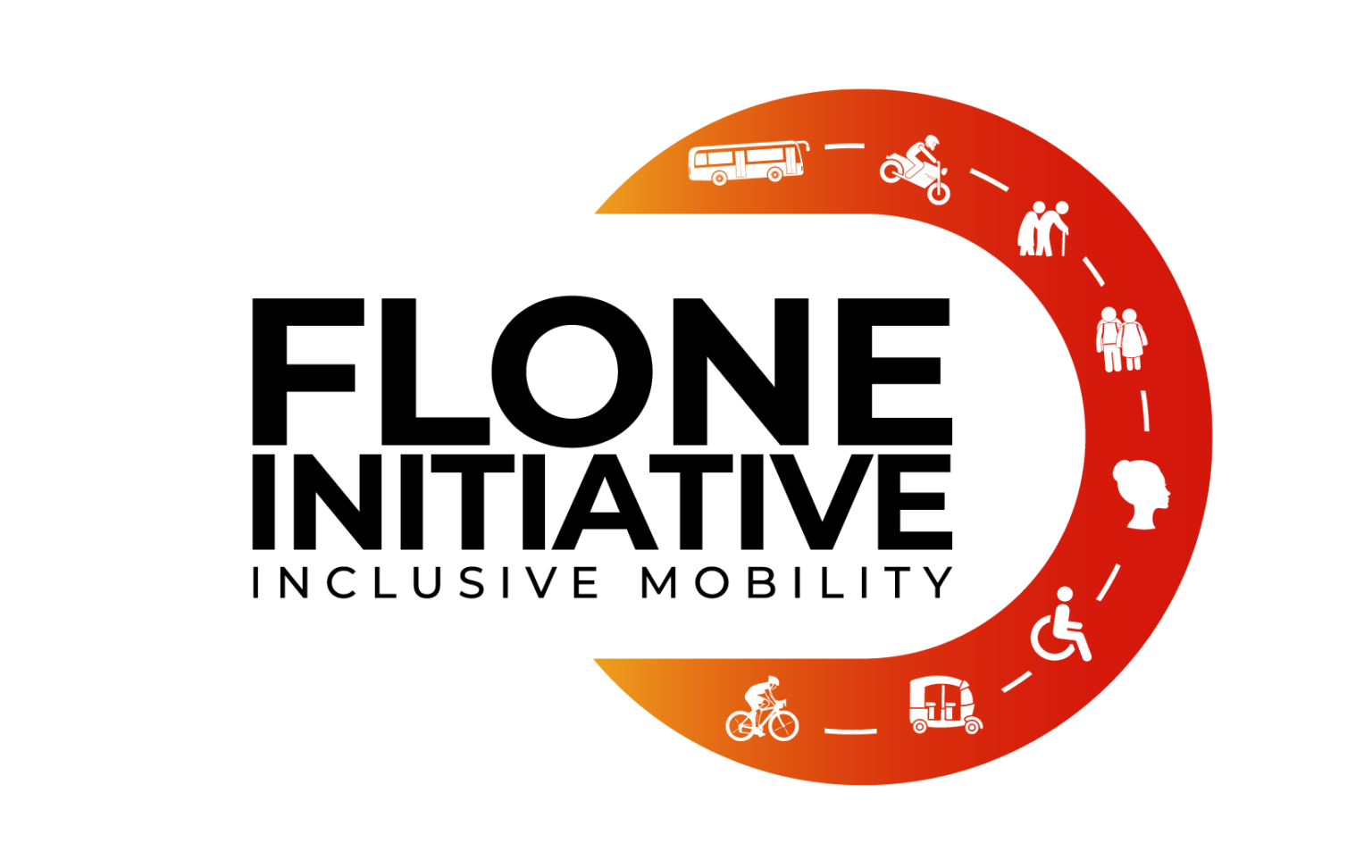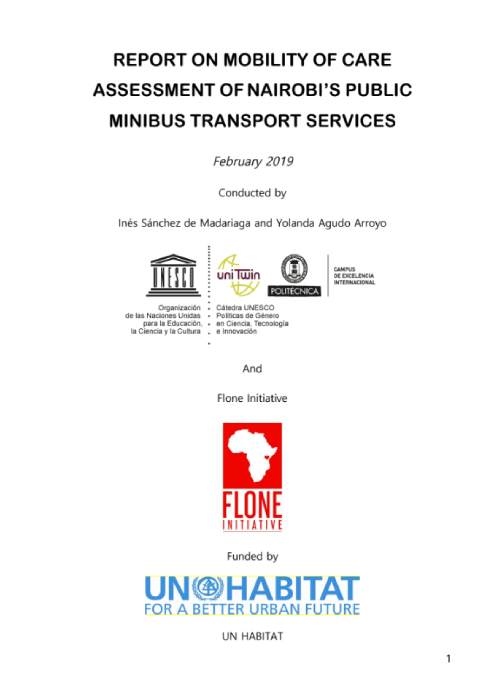Analysis of mobility patterns among users of the matatu system in Nairobi reveals significant disparities between men and women, particularly concerning women’s mobility challenges. These distinctions align with global trends, where women predominantly rely on public transportation while men often have access to private vehicles within households.
Women constitute the majority of matatu users, reflecting the worldwide phenomenon of women relying more on public transit. Socio-economic factors indicate that women from both ends of the social spectrum are disproportionately dependent on public transportation. This is evidenced by a higher percentage of women at both lower and higher educational levels compared to men.
Women tend to make more daily trips than men, often involving multiple transportation modes or bus lines. These additional trips are primarily attributed to care tasks before or after work, suggesting longer travel distances or the need for transfers. Notably, the length of trips for care purposes by women using the matatu system is comparable to those for employment.
Safety concerns significantly affect women’s travel decisions, particularly regarding sexual assault, whereas men express concerns of a non-sexual nature. Both genders’ safety concerns should inform transportation policies. Despite safety worries, many women still travel at night, often due to employment obligations.
It’s essential to recognize that while women are disproportionately affected by safety concerns, men’s safety worries also merit attention in transportation planning. Additionally, the prevalence of nighttime travel for employment underscores the necessity for comprehensive transportation policies addressing diverse mobility needs and safety considerations.

